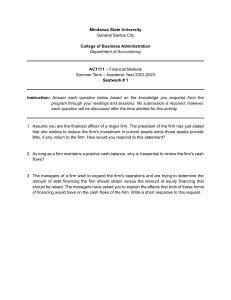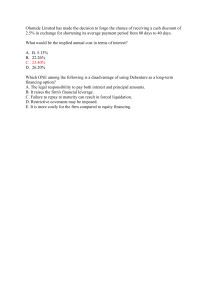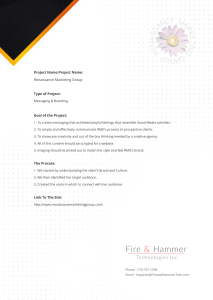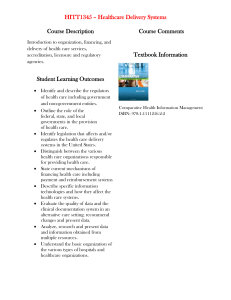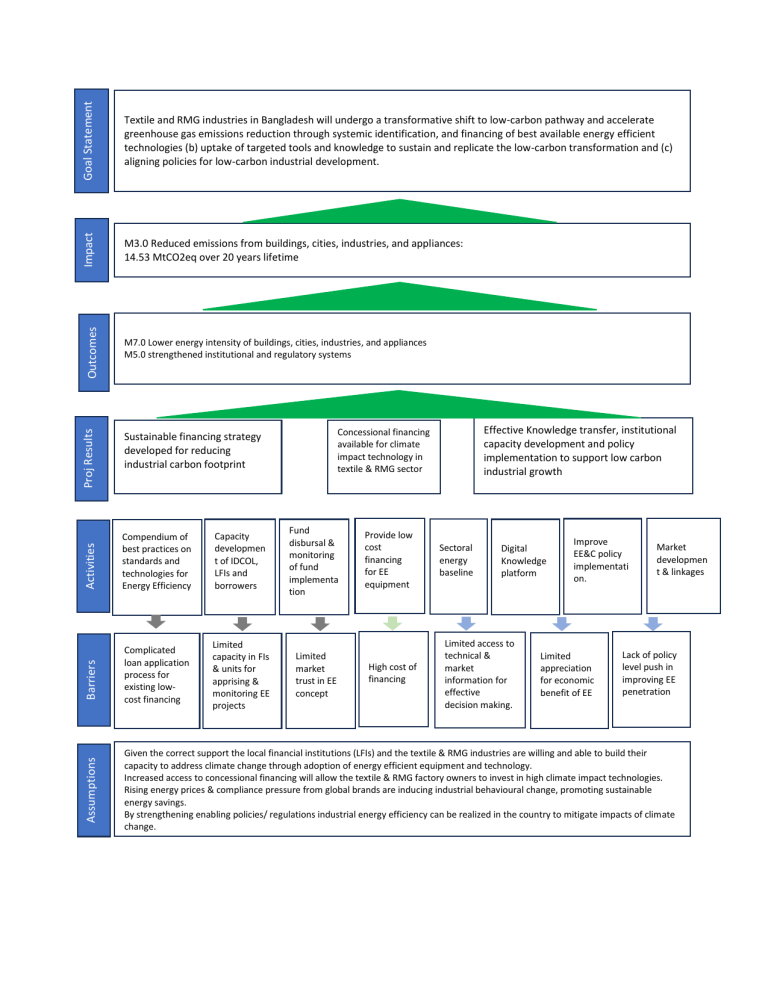
Goal Statement Impact M3.0 Reduced emissions from buildings, cities, industries, and appliances: 14.53 MtCO2eq over 20 years lifetime M7.0 Lower energy intensity of buildings, cities, industries, and appliances M5.0 strengthened institutional and regulatory systems Effective Knowledge transfer, institutional capacity development and policy implementation to support low carbon industrial growth Concessional financing available for climate impact technology in textile & RMG sector Activities Compendium of best practices on standards and technologies for Energy Efficiency Capacity developmen t of IDCOL, LFIs and borrowers Fund disbursal & monitoring of fund implementa tion Barriers Sustainable financing strategy developed for reducing industrial carbon footprint Complicated loan application process for existing lowcost financing Limited capacity in FIs & units for apprising & monitoring EE projects Limited market trust in EE concept Assumptions Proj Results Outcomes Textile and RMG industries in Bangladesh will undergo a transformative shift to low-carbon pathway and accelerate greenhouse gas emissions reduction through systemic identification, and financing of best available energy efficient technologies (b) uptake of targeted tools and knowledge to sustain and replicate the low-carbon transformation and (c) aligning policies for low-carbon industrial development. Given the correct support the local financial institutions (LFIs) and the textile & RMG industries are willing and able to build their capacity to address climate change through adoption of energy efficient equipment and technology. Increased access to concessional financing will allow the textile & RMG factory owners to invest in high climate impact technologies. Rising energy prices & compliance pressure from global brands are inducing industrial behavioural change, promoting sustainable energy savings. By strengthening enabling policies/ regulations industrial energy efficiency can be realized in the country to mitigate impacts of climate change. Provide low cost financing for EE equipment High cost of financing Sectoral energy baseline Digital Knowledge platform Limited access to technical & market information for effective decision making. Improve EE&C policy implementati on. Limited appreciation for economic benefit of EE Market developmen t & linkages Lack of policy level push in improving EE penetration
